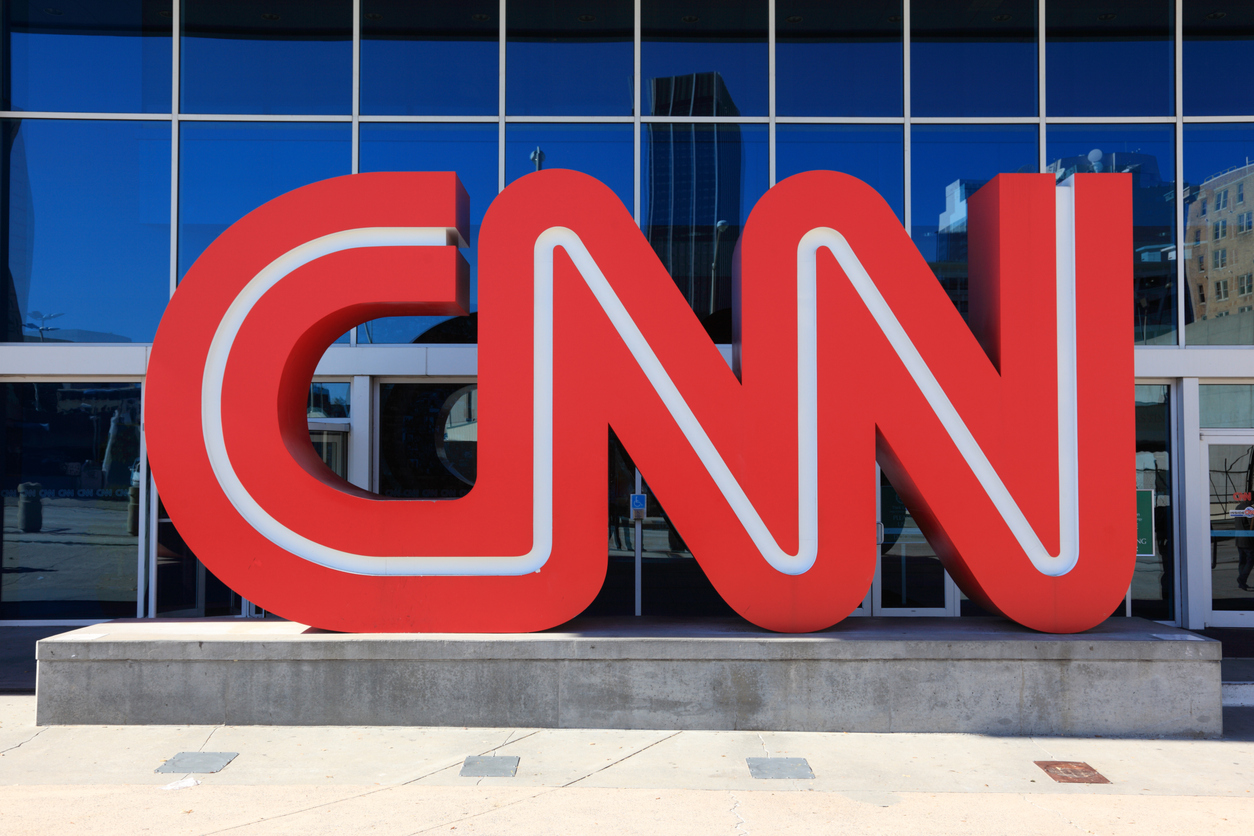CNN crisis offers internal comms lessons
Managing change in tough times begins with keeping the information flowing to employees.

Julie Baron is an affiliate consultant with Ragan Consulting Group. With 30 years of communication experience, her expertise includes employee and leadership communications, global communications, training and public/media relations. Tom Corfman is a senior consultant with Ragan Consulting Group, where he directs RCG’s Build Better Writers program.
Chris Licht’s mistakes communicating with CNN’s employees didn’t cost him his job, but his firing last month as CEO of the cable news network should serve as a cautionary tale for other corporate leaders.
Licht, a successful television producer, “was dealt a bad hand, and then he played it badly,” a Licht confidant told former CNN media reporter Brian Stelter.
In a damning, 15,000-word profile published by The Atlantic on June 2, 2023, staff writer Tim Alberta interviewed nearly 100 CNN employees, providing readers with a detailed account of Licht’s tumultuous 13-month tenure.
Five days later, Licht was gone.
Ironically, a sound internal communications strategy would have uncovered the same facts and allowed CNN leaders to act on the information. If communicators work closely with their business partners, they aren’t reacting to major changes at the 11th hour.
The story lays out three challenges in employee communications that all executives should master.
1. Too much change. Are your employees keeping up? Licht was named CEO of CNN on Feb. 26, 2022, just as At&T was putting the finishing touches on a blockbuster deal to spin off CNN’s parent, WarnerMedia, and merge it with another company to form Warner Bros. Discovery.
That transaction closed April 8; Licht started as chief executive on May 2. In between, the new company announced it was shutting down CNN+. The streaming service had been running for less than a month after a $300 million investment by AT&T.
Once on the job, Licht announced a major shift in the network’s approach to the news, followed in October by layoffs that would ultimately cost 300 jobs.
That’s a lot of change in a short time, underscoring the importance of effective communications to weather the storm.
2. Are you clear on the vision? Licht was hired to lift CNN’s ratings, partly by winning back Republican viewers turned off by the network’s coverage of the pandemic and former President Donald Trump.
Licht told the reporter Alberta that the mission of CNN was: “Journalism. Being trusted. Everyone has an agenda, trying to shape events or shape thought. There has to be a source of absolute truth.”
Yet here is what Alberta found: “Even those who were fully on board—people who had hailed Licht’s theoretical objective for the network—expressed bewilderment at his lack of specifics.”
As many as 70% of corporate initiatives fail, according to John Kotter in a “Sense of Urgency.” He’s the author of many books on change management, including the ground-breaking “Leading Change,” first published in 1996. It’s an oft-cited and sometimes questioned statistic that illustrates the frequency of failure.
A lack of clear communication is one reason employees resist change. The purpose and nature of the change needs to be clear and openly discussed. Leaders must walk the talk, dispelling any climate of mistrust, which will doom an initiative.
Professional communicators can’t hand a vision to a CEO who has none. But communicators can help a leader state the vision concisely, explain why it matters and communicate it through multiple channels.
“People won’t usually act on something they don’t understand,” according to our brief guide, “Communicating a Vision in Three Steps.”
3. Look to managers for help. Managers are crucial to conveying the CEO’s vision to the rank-and-file, but managers’ role informing leaders about what employees think and feel is often underappreciated. Leaders who are confident in their vision cast a wide net. But Licht surrounded himself with a “small entourage,” the story says.
“It had become apparent, from my reporting, that Licht’s circle was small and getting smaller,” Alberta writes. “He obviously felt that he couldn’t trust some of the people around him—folks who were loyal to Zucker, or leaking to undermine him, or both.”
Winning over most of the newsroom might have been an impossible challenge, but Licht adopted the wrong strategy.
“Where he needed to build alliances, instead he built walls,” Alberta writes.
To get buy-in, communication programs should:
- Focus on employees’ well-being.
- Increase their sense of certainty.
- Involve as many people as possible.
- Create a supportive learning environment.
- Remain agile when circumstances change.
After 10 months on the job, Licht held an employee town hall this spring “to quell concerns and rally the troops, laying out his plan for the new CNN,” the story says.
Employee town halls can be make-or-break moments for CEOs, requiring thorough preparation of the chief executive’s style as well as the substance of the messages.
The CNN event did little to ease the staff’s anxiety about the financial future of CNN and its commitment to the “journalistic ethos,” Alberta reports.
Exit stage right. On May 10, 2023, CNN broadcast its town hall with Trump, which was widely criticized. As the backlash eased, Alberta’s story was published June 2, 2023. Licht apologized to the staff but was fired five days later.
What makes journalists good can make them difficult to manage. They ask too many questions, demand to understand everything and don’t like being told what to do. After the employee town hall, Licht offered an insight useful in communicating with employees no matter how cantankerous.
“These are journalists, so there really isn’t anything you can say that will ease anxiety,” he said. “You have to show them.”






